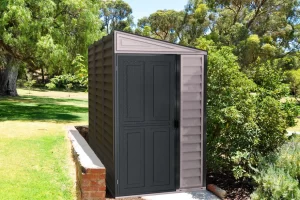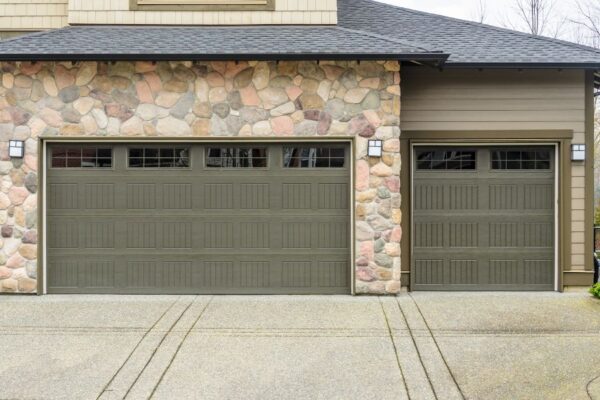It is of the utmost importance to select the appropriate kind of tile taking into consideration the requirements of the tiling project. The location of the place, whether it is indoors or outdoors, will have a significant impact on the selection of the appropriate tile type and material during the selection process. The flooring may be susceptible to cracks and other types of damage if the tile category is not chosen correctly. To assist you in comprehending the primary distinctions that exist between outdoor and indoor tiles, the following is a concise guide that you may consult before beginning your remodeling project or new construction.
Resilience and longevity
There is a significant difference in the amount of durability that is necessary for outdoor tiles (กระเบื้องปูพื้นภายนอก, term in Thai) compared to the level that is required for indoor tiles. There is a lot of weather-related wear and tear that exterior tiles have to endure. Tiles for outdoor are subjected to a great deal of expansion and contraction as a result of exposure to a variety of weather conditions, including intense sunlight and rain, which can cause them to become saturated with extremely cold temperatures. Additionally, it is important to remember that exterior tiles must be able to endure considerable foot activity as well as automotive traffic. It is also recommended that the tiles on the exterior be thicker than the tiles on the interior, as this will reduce the likelihood that they may break.
Material
The material of the tile plays a significant part in determining how the tile reacts to the numerous physical impacts that are present in its environment. Exterior tiles must be both extremely non-porous and sturdy. Ceramics made of porcelain and vitrified tiles are the kinds of tiles that are most commonly used for such qualities. When it comes to outdoor locations, ceramic tiles and natural stone tiles are not recommended to be utilized. Instead, they should be used for indoor areas.
Sense of texture
To prevent slips and falls, exterior tiles ought to have textured surfaces instead of smooth ones. The external tiles must be extremely durable to prevent accidents caused by slipping, particularly during the wet season. The presence of friction underfoot in locations such as patios, swimming pools, and parking lots makes it safer for users to use these spaces without the risk of experiencing any accidents. The usage of textured tiles for interior tiles may be determined by aesthetics and look.
Glaze
Ideally, frost-resistant and unglazed tiles should be used for outdoor use. During the winter months, unglazed tiles can survive the constant cycle of freezing and thawing, which helps to prevent slipping incidents, while also supporting everyday wear and strain. Ceramic and porcelain tiles are also accessible. Both choices are viable possibilities for indoor spaces, depending on the level of beautification that is desired.
Joints and grout
When picking the grout for tiling the outside surfaces, one must exercise extreme caution and attention to detail. To accommodate the constant shifts in temperature and humidity that occur in outdoor settings, expansion joints are an absolute necessity. The fluctuations that occur as a result of the changing weather can be accommodated by a flexible sealant.







